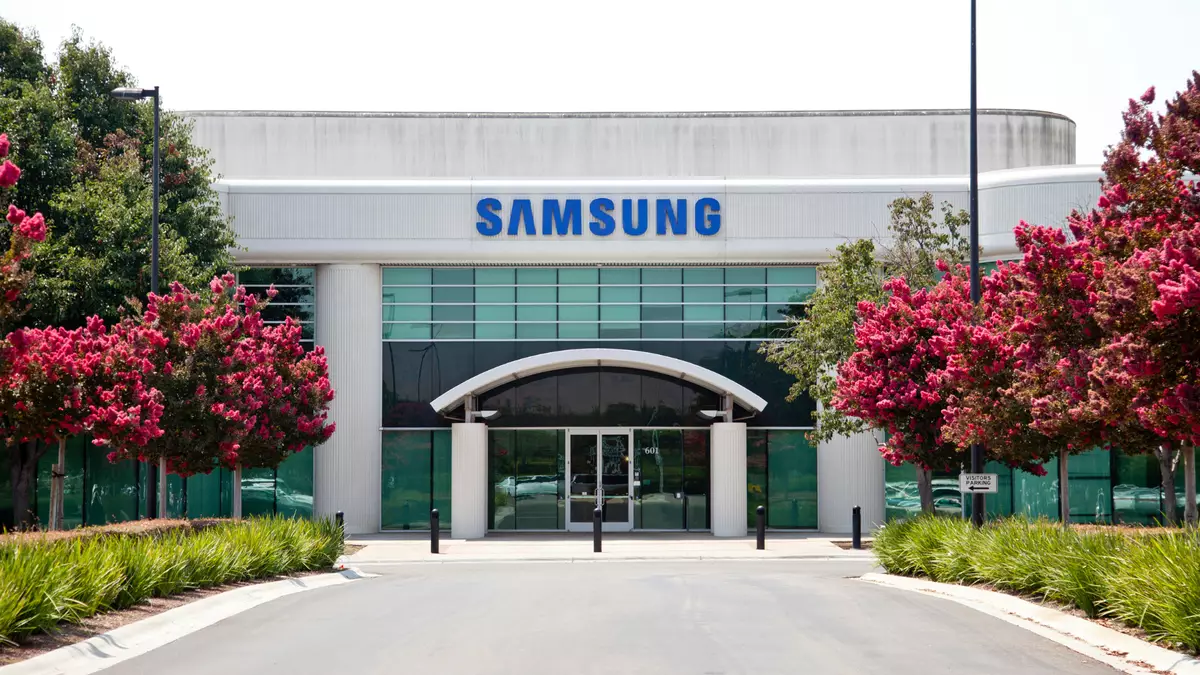In the volatile world of international trade, tariffs often serve as a double-edged sword for manufacturers. While they protect domestic markets from foreign competition, they can also lead to price hikes that alienate consumers. However, in an unexpected twist, the imposition of substantial tariffs by the U.S. government has seemingly benefited Samsung. Recent reports suggest that an uptick in consumer purchasing, driven by fears of future price increases, has resulted in a notable surge in Samsung’s operating profits. During the first quarter, Samsung reported an operating profit of approximately 6.6 trillion won (about $4.47 billion), outpacing previous forecasts and demonstrating the intriguing dynamics at play in global manufacturing.
The Just-in-Time Model in Crisis
Typically, many companies have embraced the Just-in-Time (JIT) manufacturing model, a strategy designed to optimize inventory control by procuring materials only as needed. This approach minimizes waste but can leave manufacturers vulnerable in times of uncertainty, particularly when external factors like tariffs enter the equation. Experts believe that the ongoing trade tensions could prompt a significant shift toward ‘inventory hoarding.’ Companies reliant on Samsung’s memory chips, faced with the potential for escalating tariffs, may find themselves rushing to secure supplies ahead of anticipated price surges. This change reflects a broader strategy of risk management, indicating that businesses may prioritize securing stable prices over the efficiencies of lean manufacturing.
The Fallout of Trump’s Tariff Strategy
The current landscape of international trade is being reshaped by the unpredictable tariff strategies of the U.S. administration. Initially, President Trump imposed a blanket 10% tariff on imports from all nations, a number that has since been raised substantially for key markets like Vietnam, China, and Taiwan. With threats to escalate tariffs as high as 50% on Chinese goods, manufacturers are left in a state of trepidation. This environment fosters a sense of urgency among companies to mitigate risks associated with pricing volatility. Such tactics create a ripple effect—forcing companies like Nintendo to reconsider their pricing strategies and delaying pre-orders for new gaming consoles to accommodate an evolving market landscape.
Consumer Behavior Amid Uncertainty
Interestingly, consumer behavior is also shifting in response to these tariff-induced fears. Samsung enjoyed increased sales in its memory chip sector, with customers scrambling to buy ahead of potential price hikes. This behavior illustrates how psychological factors can influence market dynamics; consumers, driven by the belief that prices will rise, are motivated to make purchases sooner rather than later. Notably, pre-demand for the Samsung Galaxy S25 surged, a clear indicator that consumers are strategically responding to looming price increases. Manufacturers are not just passive participants in the market; they are actively shaping consumer perception and decision-making through their actions and communication strategies.
The Broader Implications for the Tech Sector
The effects of tariff policies transcend individual companies, potentially altering the landscape for the entire tech sector. As tariffs create an environment of uncertainty, it becomes less clear how pricing structures will adapt in the face of governmental pressures. If companies like Framework adjust their pricing on newer models of modular laptops due to increased costs, we can expect a widespread recalibration across the tech industry. The current climate suggests that the anticipated price hikes may be just the beginning, with various tech goods, including laptops and smartphones, poised for significant upcoming increases.
Future Prospects and Cautionary Notes
Moving forward, Samsung and other influential players in the tech industry must navigate this intricate web of tariffs, consumer behavior, and inventory management. While the short-term benefits of increased profits are evident, sustainability in these markets relies heavily on anticipating future changes in consumer demand and pricing dynamics. Companies that fail to adapt may find themselves struggling in a shifting market landscape where the only constant seems to be change. The true test will be whether Samsung can maintain its competitive edge and leverage the current surge in profits to enhance long-term stability in an increasingly unpredictable global marketplace.

